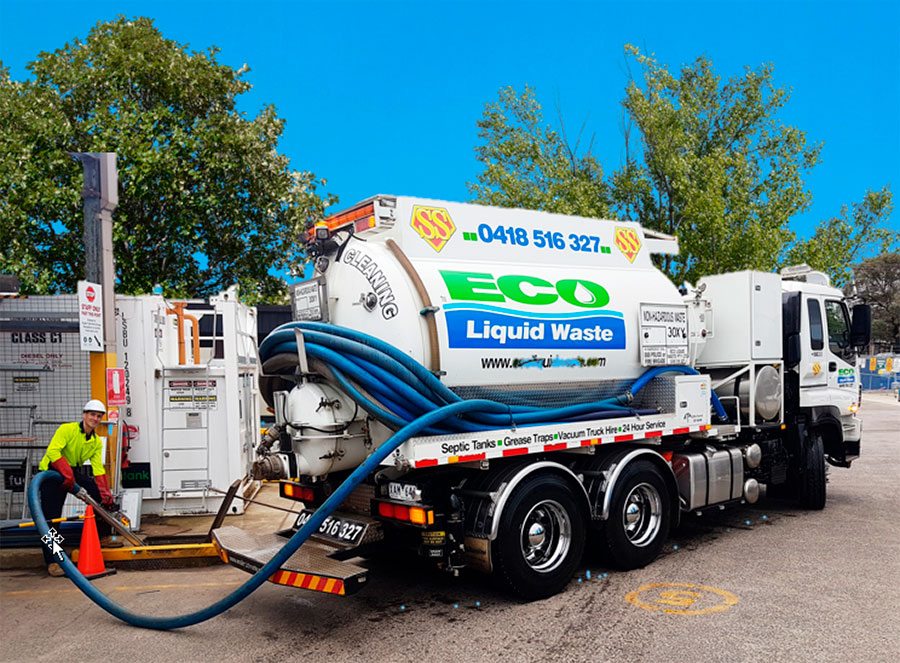The Main Principles Of Reclaim Waste
The Main Principles Of Reclaim Waste
Blog Article
Reclaim Waste Can Be Fun For Everyone
Table of ContentsThe 7-Second Trick For Reclaim WasteReclaim Waste Fundamentals ExplainedThe Ultimate Guide To Reclaim WasteNot known Details About Reclaim Waste Reclaim Waste Fundamentals Explained
Residential sewage waste refers to the waste and products from a household septic tank. The correct monitoring and disposal of domestic sewer waste require fluid waste to be transferred to a sewer treatment plant where the appropriate approaches and equipment are applied to cleanse and dispose of waste.
Commercial waste commonly consists of potential dangers, such as combustible materials or a mix of fluid and strong waste products, and needs an extra sophisticated and detailed disposal process. The disposal of commercial waste typically includes the filtration of waste before transport to guarantee safe and correct disposal. Industrial waste is created from results and runoff of industrial procedures and manufacturing.
This kind of waste can not use the exact same sewage administration transport or processes as septic or commercial fluids. The hazardous waste monitoring procedure needs the examination and testing of fluid waste before it undergoes the disposal process (liquid waste removal melbourne). Drainage waste is the fluid waste that originates from drainage and excess stormwater in very booming locations or cities
Drainage waste can create contamination and flooding if not handled appropriately. Guaranteeing appropriate waste management can avoid catastrophes and reduce ecological damage.
Getting The Reclaim Waste To Work
Contact PROS Solutions today to find out about our waste administration and disposal solutions and the proper methods to look after the liquid waste you generate.
(https://www.openlearning.com/u/leonaube-smse1x/about/)This so-called 'wastewater' is not just an important source but, after therapy, will certainly be released to our land, rivers or the sea. Utilized water from commodes, showers, baths, kitchen area sinks, washings and industrial processes is recognized as wastewater.

water made use of to cool down equipment or clean plant and devices). Stormwater, a type of wastewater, is drainage that streams from agricultural and urban locations such as roofings, parks, yards, roadways, courses and seamless gutters right into stormwater drains, after rainfall. Stormwater streams without treatment directly to local creeks or rivers, at some point getting to the ocean.
Get This Report about Reclaim Waste
In Queensland, the majority of wastewater is dealt with at sewage therapy plants. Wastewater is carried from residential or industrial sites with a system of sewage systems and pump stations, called sewage reticulation, to a sewage treatment plant. Local federal governments build, maintain and operate most sewer treatment plants. Operators are certified under the Environmental Security Act 1994 to discharge cured wastewater at an appropriate ecological standard into waterways.
The Division of Natural Resources advises city governments about managing, operating and maintaining sewage systems and treatment plants. In unsewered areas, neighborhood governments may need homeowners to set up private or home sewage therapy systems to deal with domestic wastewater from toilets, cooking areas, washrooms and washings. The Department of Natural Resources authorises making use of house systems when they are proven to be reliable.
In some brand-new communities, treatment of some stormwater to get rid of trash, sand and crushed rock has started using gross contaminant catches. Wastewater treatment takes place in four stages: Gets rid of solid matter.
Wastewater then streams right into large storage tanks where solids settle and are eliminated as sludge. Oil and residue are skimmed from the surface. Utilizes little living organisms called micro-organisms to break down and remove staying liquified wastes and great particles. Micro-organisms and wastes are integrated in the sludge. Gets rid of nitrogen and phosphorus nutrients that could create algal flowers in our rivers and threaten marine life.
Things about Reclaim Waste
Nutrient elimination is not readily available in any way sewer treatment plants since it needs expensive specialised equipment. It is becoming much more common in Queensland. Clear liquid effluent produced after treatment may still include disease-causing micro-organisms. If this effluent is launched into rivers such as rivers or the sea, the micro-organisms will eventually pass away out.

Many wastewater flows into the sewerage system. Under the Act, neighborhood federal governments provide approvals and permits for ecologically appropriate activities (Ages) including wastewater launches that might have a neighborhood impact.
The Definitive Guide for Reclaim Waste
Tracking offers factual info about water quality and can confirm that licence conditions are being satisfied. The information acquired with here are the findings tracking offers the basis for making water high quality decisions.
Report this page